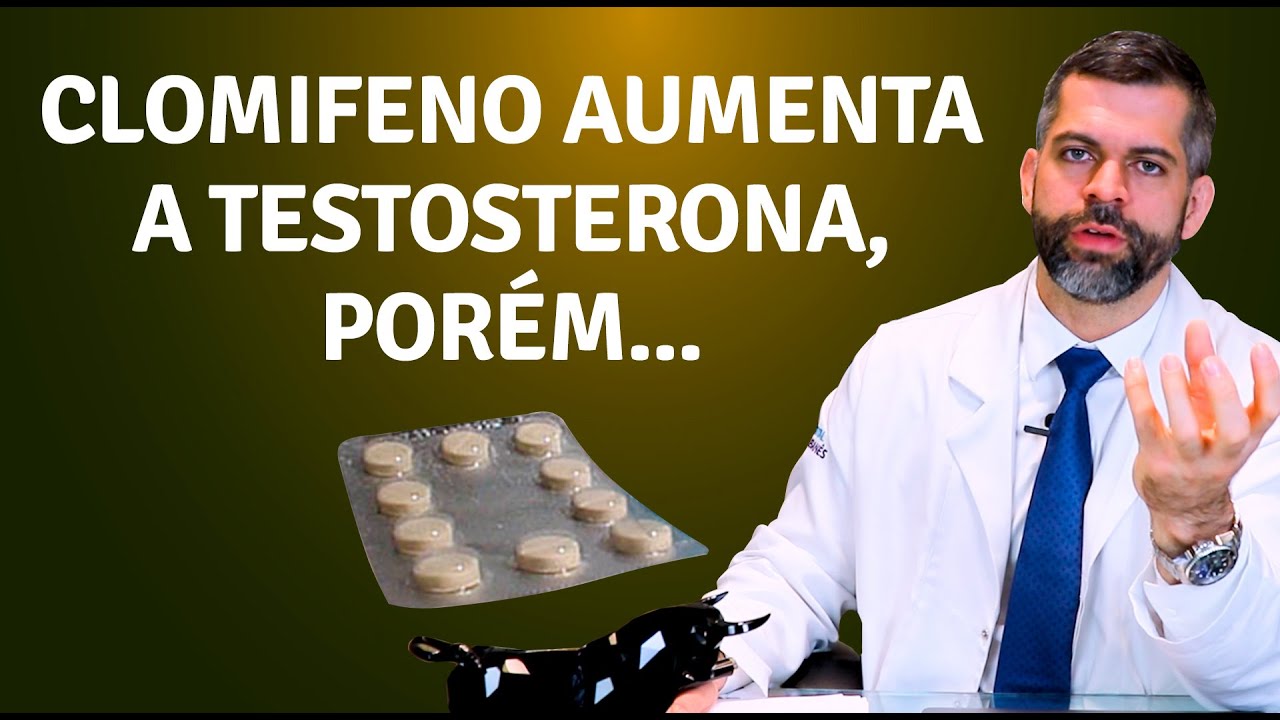Primary And Secondary Hypogonadism Treatment - 3 Types HYPOGONADISM (Low Testosterone)
Summary
TLDRThis informative video discusses hypogonadism, a medical condition characterized by low testosterone levels. It differentiates between primary, secondary, and tertiary hypogonadism, explaining their causes and the importance of identifying the root cause for appropriate treatment. The script emphasizes the significance of baseline hormone levels and the impact of modern lifestyle factors on testosterone levels, offering insights into hormone optimization and the potential effects on fertility and overall health.
Takeaways
- 😀 Hypogonadism is a medical term for low testosterone levels, with 'hypo' indicating a deficiency.
- 🔬 The clinical code for hypogonadism is E290.1, used for insurance claims and reimbursements in the medical field.
- 📊 Understanding the cause of low testosterone is crucial before treatment to determine viable treatment options and to diagnose the type of hypogonadism.
- 🌡️ Baseline hormone levels, particularly gonadotropins like LH and FSH, are essential for diagnosing the root cause of hypogonadism.
- 🚫 Introducing testosterone replacement therapy can suppress the release of pituitary hormones, making it difficult to determine the root cause of hypogonadism after treatment begins.
- 📉 Low LH levels in the morning can indicate secondary hypogonadism, where the pituitary gland is not adequately stimulating the testicles.
- 💊 High levels of LH suggest primary hypogonadism, where the testicles are not functioning properly, possibly due to age, injury, or other factors.
- 🧠 Tertiary hypogonadism involves a deficiency in the hypothalamus' release of gonadotropin-releasing hormone (GnRH), affecting the pituitary gland's function.
- 👴 Primary hypogonadism is often age-related, with testicular function naturally decreasing as men age, but can also occur due to injury or illness.
- 🤯 Secondary hypogonadism is more common in younger individuals and can be caused by chronic stress, depression, anxiety, and other stressors affecting pituitary function.
- 🏥 Treatment approaches may differ based on the type of hypogonadism, and understanding the specific cause is important for effective management.
Q & A
What is hypogonadism?
-Hypogonadism is a medical term referring to a deficient state of gonadal function, meaning low testosterone levels in men and low levels of ovarian function in women.
Why is it important to understand the cause of low testosterone before treatment?
-Understanding the cause of low testosterone is crucial because it determines the viable treatment options and provides a single opportunity to identify the root cause during the initial baseline checkup.
What are gonadotropins and why are they important in hypogonadism?
-Gonadotropins are specific hormones that act on the gonads, released primarily by the anterior pituitary gland. They include luteinizing hormone (LH) and follicle-stimulating hormone (FSH), which are important in diagnosing the type of hypogonadism.
How does LH indicate secondary hypogonadism?
-If LH levels are significantly low, it suggests that the testicles are not being stimulated to produce sufficient testosterone, indicating a deficiency in the pituitary gland's function, which is a sign of secondary hypogonadism.
What is primary hypogonadism and how is it indicated?
-Primary hypogonadism occurs when the testicles themselves are deficient, often indicated by a super-physiological level of luteinizing hormone (LH), showing that the pituitary is trying to stimulate the testicles but they are not responding adequately.
What is tertiary hypogonadism and how does it relate to the hypothalamus?
-Tertiary hypogonadism is a condition where the hypothalamus is not releasing enough gonadotropin-releasing hormone (GnRH), which in turn affects the pituitary's ability to release LH and FSH, leading to a deficiency in the entire hormonal chain.
Why is the initial baseline checkup for hypogonadism essential?
-The initial baseline checkup is essential because it allows for the measurement of gonadotropin levels before any treatment is introduced, which can suppress these hormones and make it impossible to determine the root cause of hypogonadism.
What are some common causes of primary hypogonadism in older individuals?
-In older individuals, primary hypogonadism is often age-related, as testicular function naturally declines with age. It can also be caused by testicular cancer, injury, drug use, or abuse.
Why are younger individuals more likely to experience secondary hypogonadism?
-Younger individuals may experience secondary hypogonadism due to factors such as chronic stress, depression, anxiety, and the impact of social media, which can lead to a state of constant stress affecting the pituitary's function.
What factors could contribute to tertiary hypogonadism?
-Tertiary hypogonadism can be caused by factors that affect the hypothalamus, such as traumatic brain injuries, surgeries impacting brain function, or conditions like PTSD that disrupt the hormonal signaling from the hypothalamus to the pituitary.
How might testosterone replacement therapy impact fertility?
-Testosterone replacement therapy can suppress endogenous testosterone production, which may impact sperm count, motility, and quality, thus affecting fertility.
Outlines

This section is available to paid users only. Please upgrade to access this part.
Upgrade NowMindmap

This section is available to paid users only. Please upgrade to access this part.
Upgrade NowKeywords

This section is available to paid users only. Please upgrade to access this part.
Upgrade NowHighlights

This section is available to paid users only. Please upgrade to access this part.
Upgrade NowTranscripts

This section is available to paid users only. Please upgrade to access this part.
Upgrade NowBrowse More Related Video

Can I use Enclomiphene Citrate as a Monotherapy for Testosterone

11 warning signs low Testosterone|बिना टेस्ट कैसे मालूम करें - लो टेस्टोस्टेरॉन |Dr. Sunil Jindal

9 Sinais Que Sua Testosterona Está Baixa! (DESCUBRA AGORA)

Is Cycling Training Lowering Your Testosterone and What Can You Do About It? The Science

Dark Patch (Acanthosis Nigricans) Treatment by Dr Tanvi Mayur Patel

Clomifeno aumenta a testosterona, porém saiba mais | Dr. Marco Túlio Cavalcanti
5.0 / 5 (0 votes)